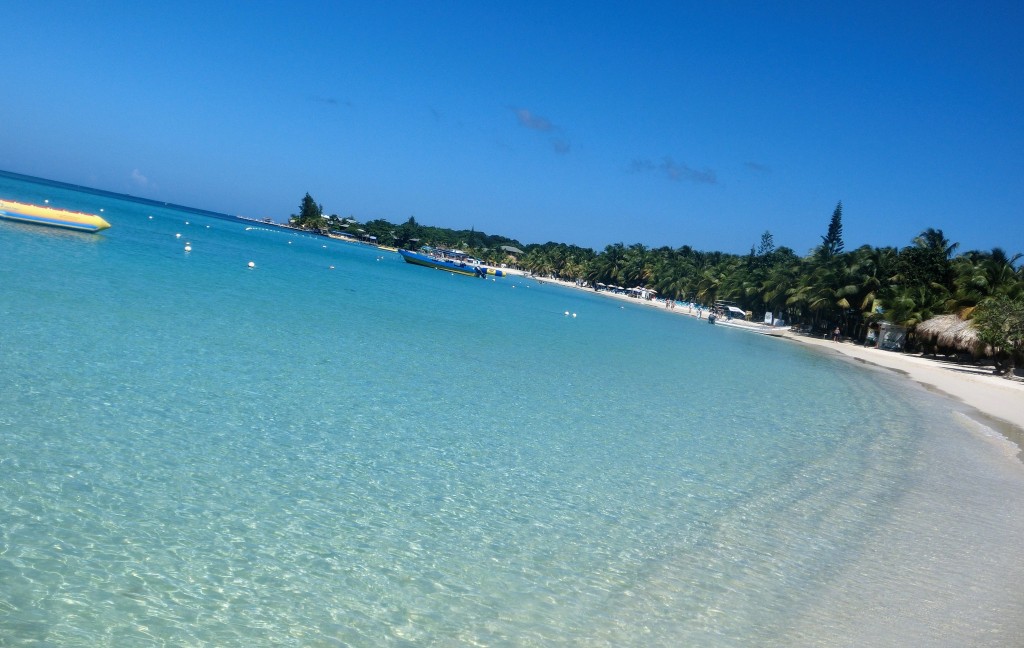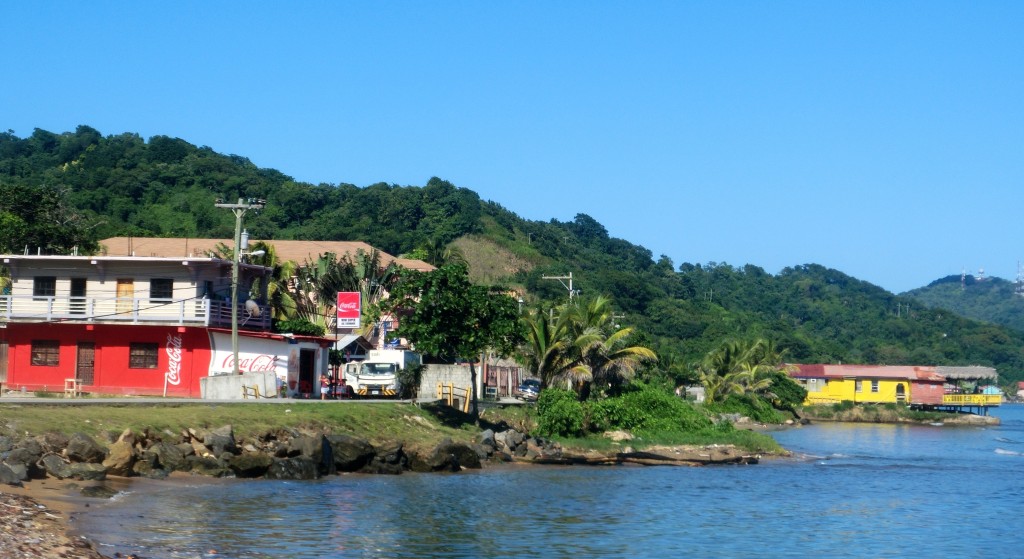TEGUCIGALPA — I spent part of my weekend here in Honduras on a day trip to Roatán, the largest and the most well-known on Honduras’s Islas de la Bahía (Bay Islands).![]()
The Bay Islands are so far afield from the Honduran mainland — culturally, topographically, politically, economically — that it’s perhaps difficult to weave them seamlessly into a greater narrative about Honduran politics. At minimum, it was a Saturday well spent at the beach reading about the history of labor, politics and business in La Ceiba, Trujillo and San Pedro Sula along Honduras’s North Coast, which developed a separate elite around bananas. That’s separate from the history of southern Honduras, including the capital, Tegucigalpa, that developed a more conservative elite centered around mining silver.
As one of the 18 departments that comprise Honduras, the Bay Islands are a political discrete region. But with about 50,000 residents, the Bay Islands are the least populous of the country’s 18 departments. Francisco Morazán, the department that includes and surrounds Tegucigalpa, has nearly 1.5 million residents, and Cortés, the department that includes and surrounds San Pedro Sula, has nearly 1.6 million residents. (Together, they constitute about three-eights of Honduras’s population of eight million people.)
But the Bay Islands are different from either of those regions — they perhaps have more in common with the relatively untamed eastern part of Honduras, La Mosquitia. That’s because of the extraordinary English (and then British) influence in both La Mosquitia and the Bay Islands. When you think of the quintessential English pirates (yo ho ho), there’s no place more notorious than the Bay Islands, which was a haven for English pirates throughout the 17th century. Although Christopher Columbus landed in what is today Trujillo on Honduras’s Caribbean coast in 1502 on his fourth and final voyage, and although Hernán Cortés founded the permanent settlement of Trujillo in 1525, the English didn’t give up their interest in Honduras easily.
They formed an alliance with the Moskito kingdom in northern and eastern Honduras (the word ‘Moskito’ refers not to the ubiquitous and disease-ridden insect pest, but to the muskets that the English supplied the locals), and in 1643, the English-Moskito alliance sacked Trujillo, and the British declared Honduras a British protectorate in the 1740s. The tide turned only in the 1780s, when the Spanish regained Trujillo, and only in 1786 did the Anglo-Spanish Convention recognize Spanish sovereignty over the Caribbean coast.
It took even longer for the British to cede the Bay Islands, their long-coveted Honduran stronghold. By the time the British ceded the islands in 1860, Spain no longer controlled Honduras, and Honduras had gone through periods as a part of the Mexican empire and as the most enthusiastic member of the short-lived federation between 1823 and 1838 of the United Provinces of Central America.
Fast-forward to the present day, and it’s still clear that the Bay Islands are quite different from the rest of Honduras. Continue reading Personal reflections on Roatán, the Bay Islands and the Garífuna

